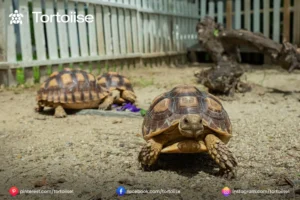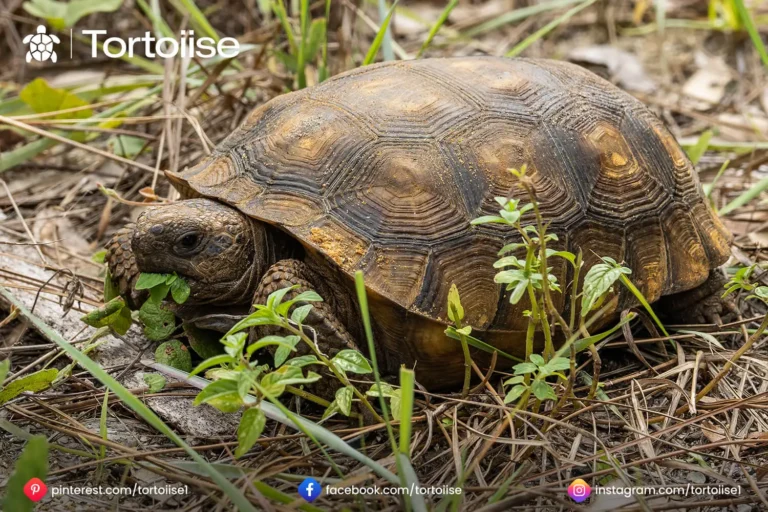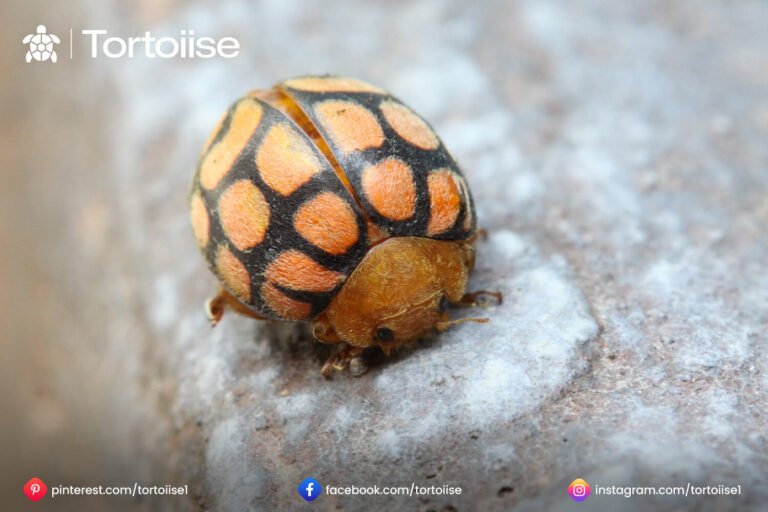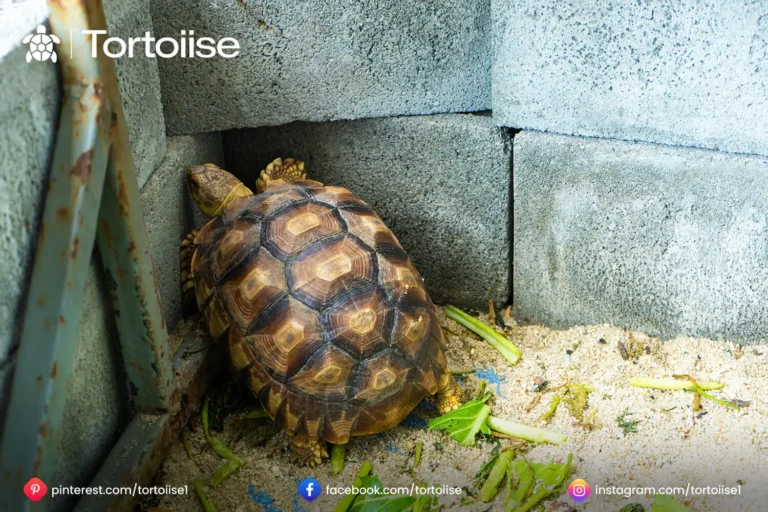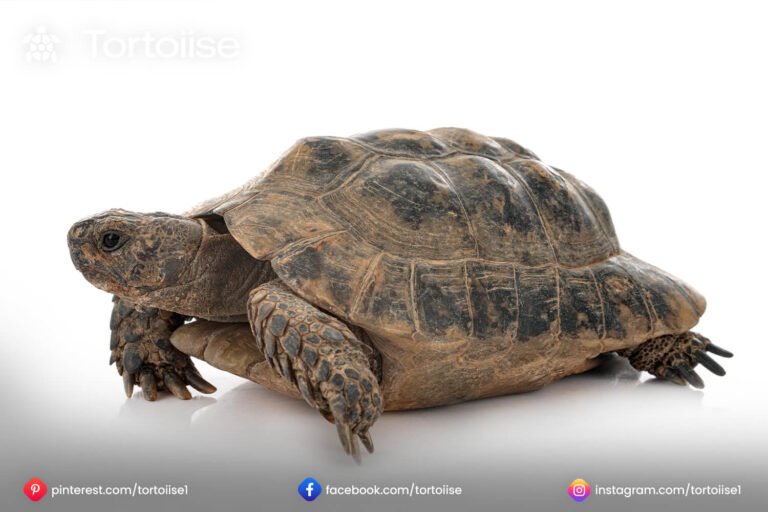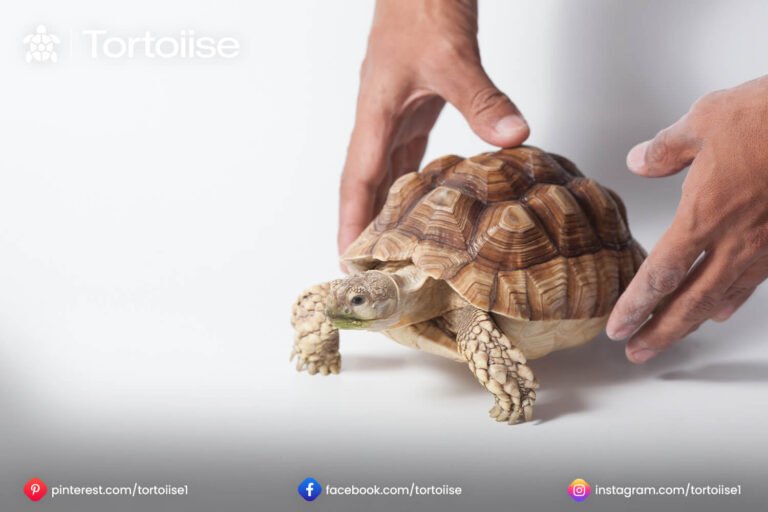How to care for desert tortoise
Get ready to embark on an exciting journey into the life of the incredible desert tortoise! Whether you’re a nature enthusiast or simply curious about these remarkable creatures, follow these engaging steps to learn all about them.
Discover the Fascinating World of the Desert Tortoise
Get ready to embark on an exciting journey into the life of the incredible desert tortoise! Whether you’re a nature enthusiast or simply curious about these remarkable creatures, follow these engaging steps to learn all about them.
1. Set the Scene
Picture yourself in the arid landscapes of the desert. The sun beats down, and the air shimmers with heat. This is the home of the desert tortoise, where life thrives against the odds.
2. Learn the Basics
Dive into fascinating facts about desert tortoises. Did you know they can live for over 100 years? Uncover their unique adaptations that help them survive in harsh environments, from their water-storing bodies to their burrowing habits.
3. Spotting the Tortoise
Get ready for a mini adventure! Know where to look for these elusive creatures. Head to their natural habitat during the cooler parts of the day when they’re more likely to be active. Keep your eyes peeled for movement among the cacti and rocky outcrops.
4. Observe with Respect
If you’re lucky enough to spot one, take a moment to appreciate its beauty. Keep a respectful distance—these tortoises are shy! Use binoculars for a closer look without disturbing their natural behavior.
5. Conserve Their Habitat
Learn about the challenges facing desert tortoises, from habitat loss to climate change. Find out how you can contribute to their conservation efforts and protect their delicate ecosystem.
6. Share Your Experience
After your adventure, spread the word! Share your newfound knowledge with friends and family. Together, you can foster a deeper appreciation for these extraordinary animals and help ensure their survival for generations to come.
By following these steps, you’re not just learning about the desert tortoise, you’re becoming a part of its story!
Desert tortoises are astounding reptiles adjusted to make do in the absolute cruelest conditions on the planet. Found essentially in the deserts of the southwestern US and northern Mexico, these tortoises are known for their tough nature, delicate attitude, and long life expectancy, frequently surpassing 50-80 years. Focusing on a desert tortoise requires devotion, a legitimate living space arrangement, and figuring out their exceptional needs.
On the off chance that you’re a new or forthcoming desert tortoise proprietor, this guide will walk you through the basics of their care, from natural surroundings arrangement and diet to wellbeing and legal contemplations.
Grasping the Desert Tortoise
Before jumping into care guidelines, it’s essential to comprehend the desert tortoise’s regular habitat and conduct.
Territory
Desert tortoises are local to parched districts with hot days and cool evenings. They are burrowers, utilizing underground safe houses to get away from the outrageous temperatures.
Conduct
They are diurnal, meaning they are generally dynamic during the day, particularly toward the beginning of the day and late evening when temperatures are moderate.
Diet
herbivorous, blossoming with grasses, wildflowers, and other local vegetation.
Their necessities in bondage ought to emulate their common habitat as closely as possible to guarantee their prosperity.
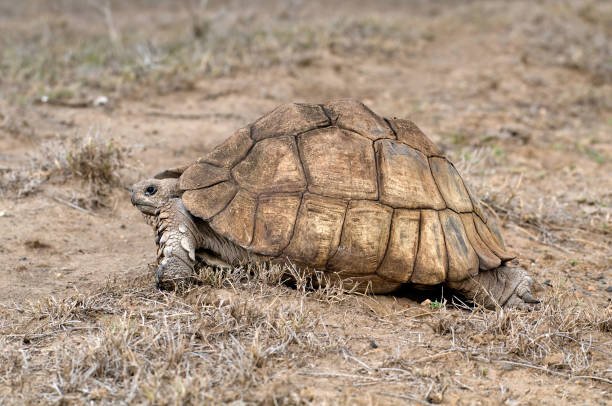
1. Lodging and fencing in the area arrangement
Making a reasonable territory for your desert turtle is vital for their wellbeing and satisfaction.
Outside Nook
Desert tortoises flourish best in outside nooks that resemble their regular habitat.
Size
At least 100 square feet is suggested for a solitary tortoise. Bigger spaces are better, as tortoises love to meander.
Walls
Utilize strong walls or fences no less than 18 inches high and covered 6-12 inches deep to forestall escape. Tortoises are superb diggers.
Cover
Give a strong, protected sanctuary or tunnel to safeguard against outrageous temperatures. A tunnel ought to be dug into a concealed region and measure around 2 feet down and 3-4 feet in length.
Substrate
Utilize sandy soil or a sand-soil blend, which takes into consideration normal digging and tunneling.
Indoor Arrangement (If Vital)
While open-air nooks are great, indoor lodging might be expected in colder environments or for transitory circumstances.
Fenced-in area Size:
Something like 8×4 feet for a grown-up tortoise.
Lighting:
Give a UVB light source to guarantee legitimate calcium retention and shell wellbeing. Lights ought to be on for 10-12 hours every day.
Warming
Keep a temperature inclination of 75-85°F (24-29°C) during the day and 60-70°F (15-21°C) in the evening. Utilize a clay heat producer or warming cushion for evening warmth.
Substrate
Utilize a blend of sand and soil or coconut coir, staying away from materials like cedar shavings, which can be poisonous.
2. Diet and nourishment
Desert turtles are severe herbivores and require a high-fiber, low-protein diet.
Essential Eating Regimen: Grasses and Greens
Grasses: Bermuda grass, timothy feed, and plantation grass.
Salad Greens: Dandelion greens, collard greens, mustard greens, turnip greens, and endive.
Weeds and Wildflowers
Whenever the situation allows, give consumable wild plants, for example,
Plantain (broadleaf or narrowleaf)
Clover
Chicory
Hibiscus blossoms and leaves
Leafy foods
Offer natural products sparingly as a treat (e.g., a little piece of melon or strawberry one time per month). Stay away from sweet or boring vegetables like corn and potatoes.
Calcium and Enhancements
Sprinkle calcium powder with vitamin D3 on their food 2-3 times each week.
Give a cuttlebone in their nook with the expectation of complimentary admission to calcium.
Water
Give a shallow dish of new water every day. Furthermore, absorb your turtle in tepid water for 15-20 minutes once every week to guarantee appropriate hydration.
3. Temperature and Lighting
Desert tortoises are ectothermic, meaning they depend on outside heat sources to regulate their internal heat level.
Daytime Temperatures
Keep 75-85°F (24-29°C), with a relaxing spot of 95-100°F (35-38°C).
Evening Temperatures
60-70°F (15-21°C).
Lighting
A UVB light source is fundamental for indoor arrangements. Utilize a fluorescent UVB bulb or mercury fume bulb. Supplant bulbs every 6 years, as UVB yield lessens after some time.
Outside turtles normally get UVB from daylight, making open-air lodging best whenever the situation allows.

4. Social Way of Behaving and Collaboration
Desert tortoises are lone animals and don’t need friendship. Lodging numerous tortoises together can prompt pressure, particularly assuming there are strength or regional debates.
Dealing with keeping away from unreasonable taking care of. While tortoises can endure some association, taking care of them can be upsetting for them. Continuously support their body completely while getting them.
Perception Communicate with your tortoise by noticing and giving enhancements, like palatable plants, to energize regular rummaging conduct.
5. Well-being and Health
Observing your desert tortoise’s wellbeing is basic for their lifespan.
Indications of a Sound Tortoise
Dynamic and alarm during the day.
Smooth, hard shell without pyramiding or weaknesses.
Clear, brilliant eyes with no redness.
Ordinary hunger and strong, all-around framed droppings.
Normal medical problems, respiratory diseases. Side effects include nasal release, wheezing, or dormancy.
Cause
cold temperatures or high dampness.
Arrangement
Guarantee legitimate temperatures and consult a veterinarian.
Tortoise Shell Issues
Pyramiding or delicate shells can result from a less-than-stellar eating routine or the absence of UVB exposure for the tortoise.
Cause
overloading, low calcium, or lacking UVB.
Arrangement
Change diet and lighting.
Parchedness
Signs incorporate indented eyes and dormancy.
Arrangement
Guarantee admittance to water and customary toilets.
Parasites
Weight reduction or surprising droppings might demonstrate parasites.
Arrangement: Counsel a reptile veterinarian for testing and treatment.
6. Legitimate and Moral Contemplations
Desert tortoises are safeguarded by regulation in numerous areas because of declining wild populations. It is against the law to eliminate them from the wild or deliver hostage tortoises into nature.
Possession Regulations
Get a desert tortoise just through legitimate means, like reception from a wildlife office or salvage association.
Guarantee you have the suitable grants whenever expected in your area.
Hostage Tortoise and Nature
Hostage tortoise might convey sicknesses that can hurt wild populations. Never discharge a hostage tortoise into the wild, regardless of whether it seems sound.
7. Occasional Changes and Brumation
The desert tortoise normally hibernates during the colder months.
Planning for Brumation
Diminish taking care of as temperatures decrease to discharge their digestive framework.
Give a safe, protected brumation site, like a profound tunnel or a case in a cool, dim, and stable climate (40-50°F or 4-10°C).
During Brumation
Mind your turtle occasionally without upsetting them to an extreme. Guarantee they are not losing huge weight.
Rising out of Brumation
Slowly, once again, introduce food and water as temperatures warm up.
End
Focusing on a desert tortoise is a rewarding experience that requires responsibility and scrupulousness. By giving reasonable natural surroundings, a nutritious eating routine, and legitimate consideration, you can guarantee your turtle flourishes and partakes in a long, sound life.
These delicate reptiles are an indication of the excellence and strength of desert life, and with smart consideration, they can be a valued ally for a really long time. Whether you’re new to tortoise care or hoping to work on your arrangement, understanding their remarkable requirements is the initial step to building a satisfying relationship with your desert tortoise.
Inform me as to whether you’d like further customization or extra areas!

